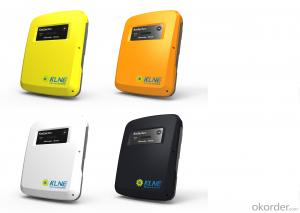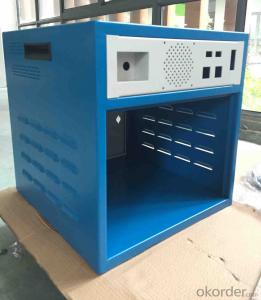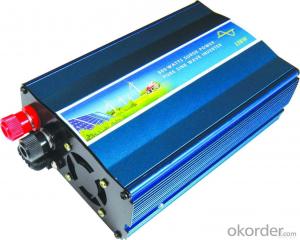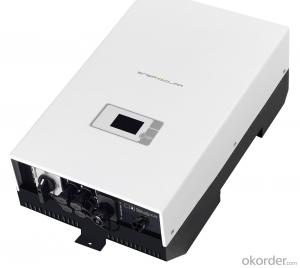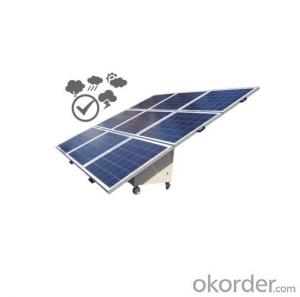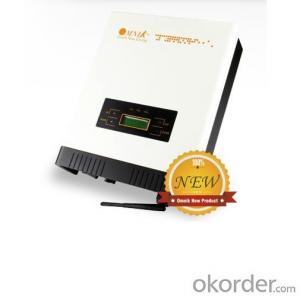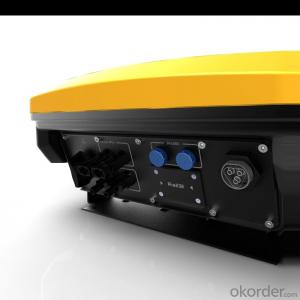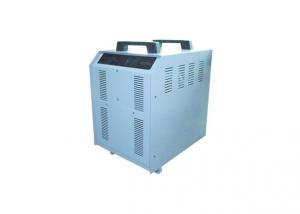50kw Off Grid Solar Inverter
50kw Off Grid Solar Inverter Related Searches
50kw Solar Inverter 5kw Off Grid Solar Inverter 50 Kw Solar Inverter Solar Inverter 50kw 50 Amp Solar Inverter Off Grid Solar Inverter 5kw 50 Kw Hybrid Solar Inverter 10kw Off Grid Solar Inverter Off Grid Solar Power Inverter Off Grid Solar Inverter 48v 15kw Off Grid Solar Inverter 20kw Off Grid Solar Inverter 2kw Off Grid Solar Inverter Inverter Solar Off Grid Solar Power Inverter Off Grid 1kw Off Grid Solar Inverter Off Grid Inverter Solar Solar Inverter Off Grid Inverter For Off Grid Solar 6kw Off Grid Solar Inverter Off Grid Hybrid Solar Inverter 5kw On Grid Solar Inverter Solar Off Grid Inverter 15 Kw Off Grid Solar Inverter Off Grid Solar Hybrid Inverter Off Grid Solar System Inverter Off Grid Solar Inverter 10kw 4kw Off Grid Solar Inverter 2kva Off Grid Solar Inverter Best Solar Off Grid Inverter50kw Off Grid Solar Inverter Supplier & Manufacturer from China
The 50kw Off Grid Solar Inverter is a high-performance product designed to convert solar energy into usable electrical power for various applications. This inverter is equipped with advanced features such as maximum power point tracking (MPPT) and孤岛效应保护, ensuring efficient energy conversion and reliable operation. The 50kw Off Grid Solar Inverter is widely used in various scenarios, including residential, commercial, and industrial settings, where reliable and clean energy is required. It is particularly beneficial in off-grid locations where grid electricity is not available, making it an essential component for solar power systems in remote areas or during emergencies.The 50kw Off Grid Solar Inverter is utilized in a variety of applications, such as powering homes, businesses, and even entire communities in off-grid locations. It is also used in conjunction with battery storage systems to provide a continuous supply of electricity, even during periods of low sunlight or at night. This product is crucial for maintaining a stable power supply in situations where grid electricity is unreliable or non-existent, making it a valuable asset for both everyday use and emergency preparedness.
Okorder.com is a leading wholesale supplier of the 50kw Off Grid Solar Inverter, offering a vast inventory to cater to the needs of various customers. As a reputable online platform, Okorder.com ensures that the 50kw Off Grid Solar Inverter is available at competitive prices and with a commitment to quality and customer satisfaction. By partnering with Okorder.com, customers can be confident in the reliability and performance of their solar power systems, knowing that they are backed by a trusted supplier with a large inventory of 50kw Off Grid Solar Inverters.
Hot Products









